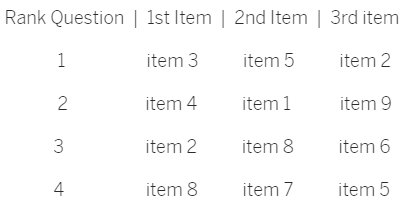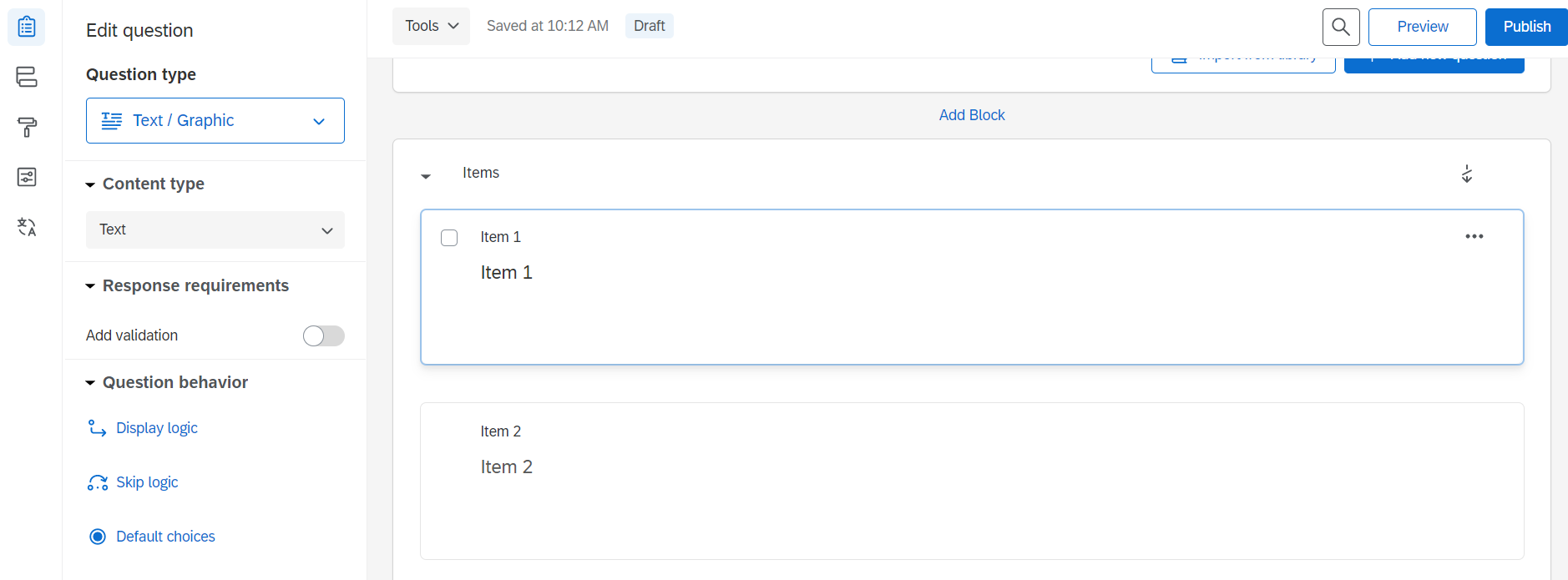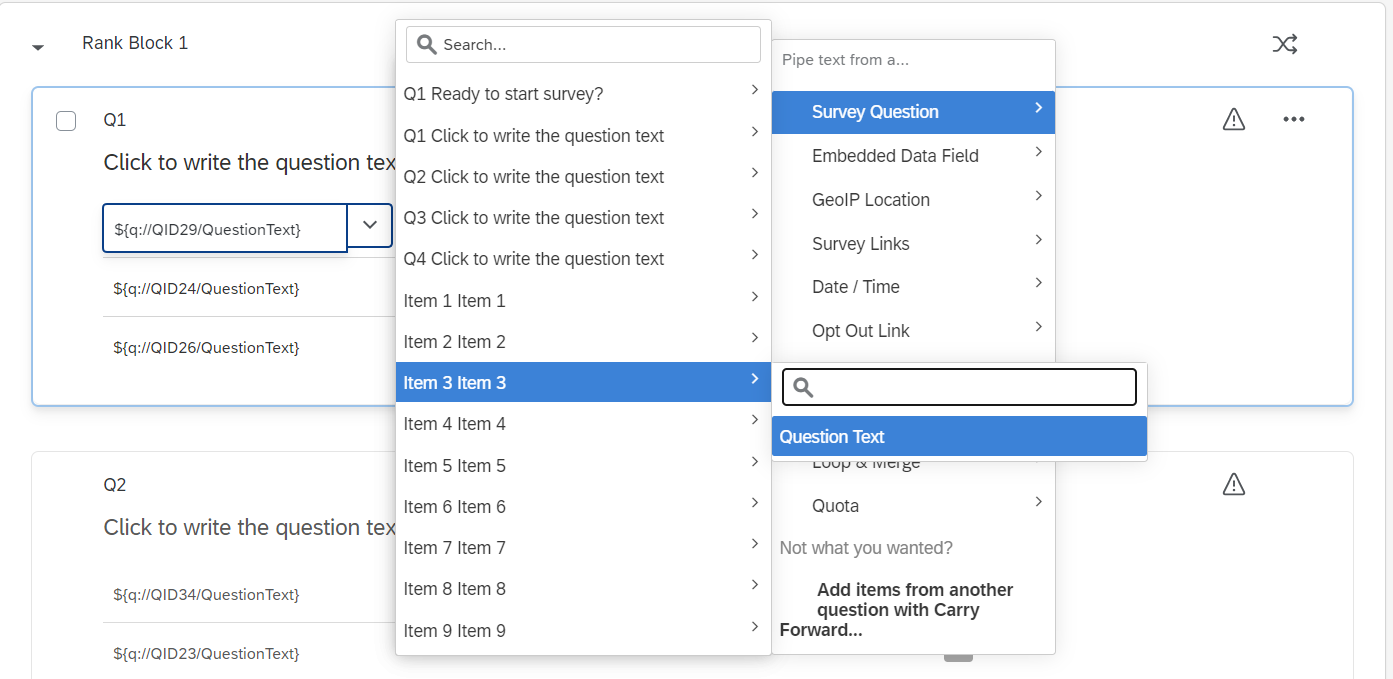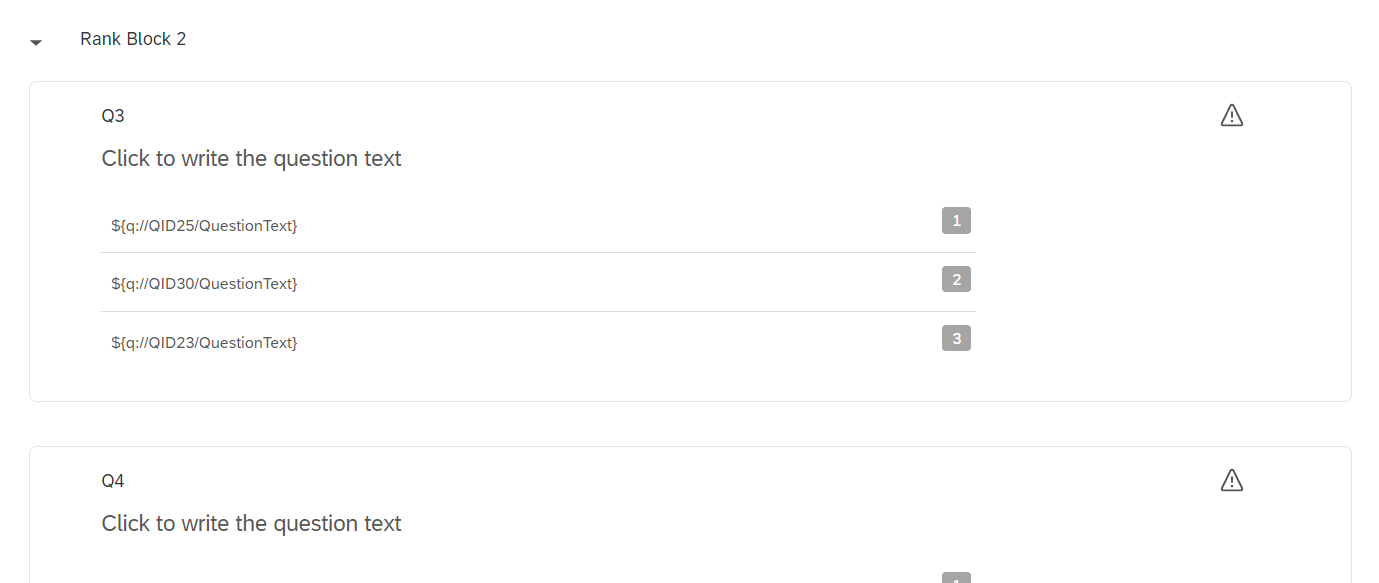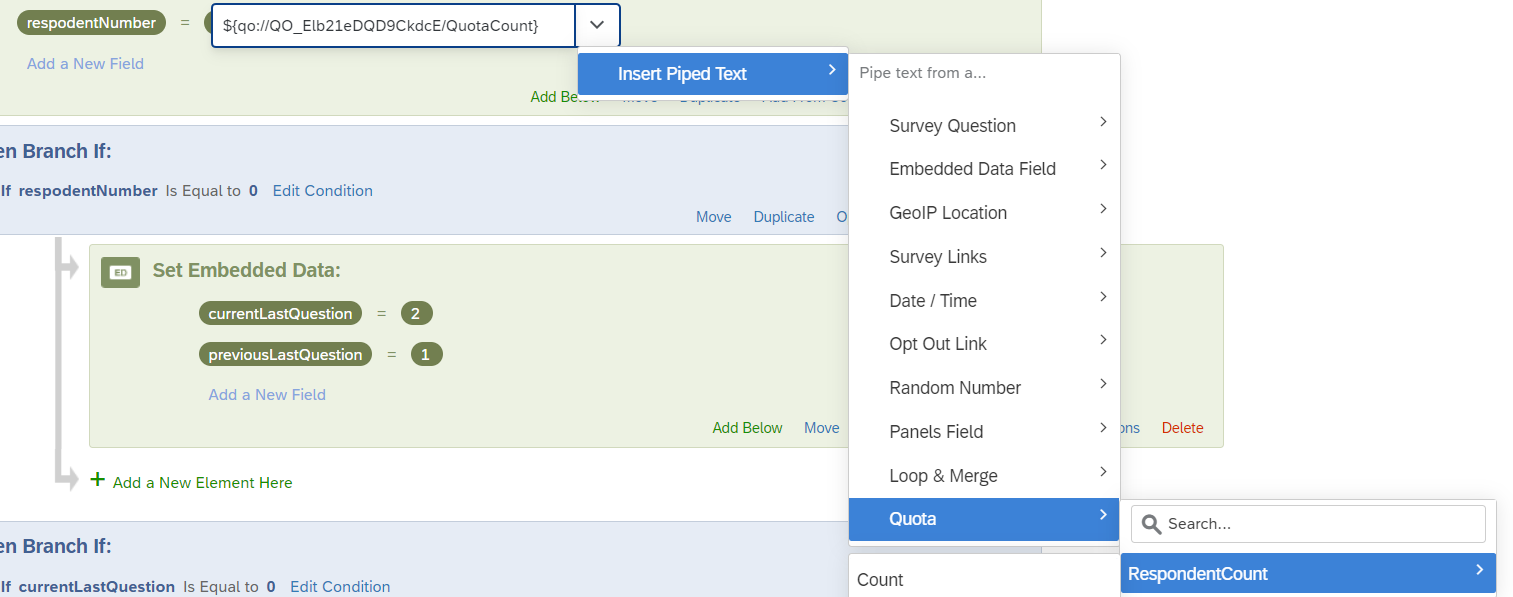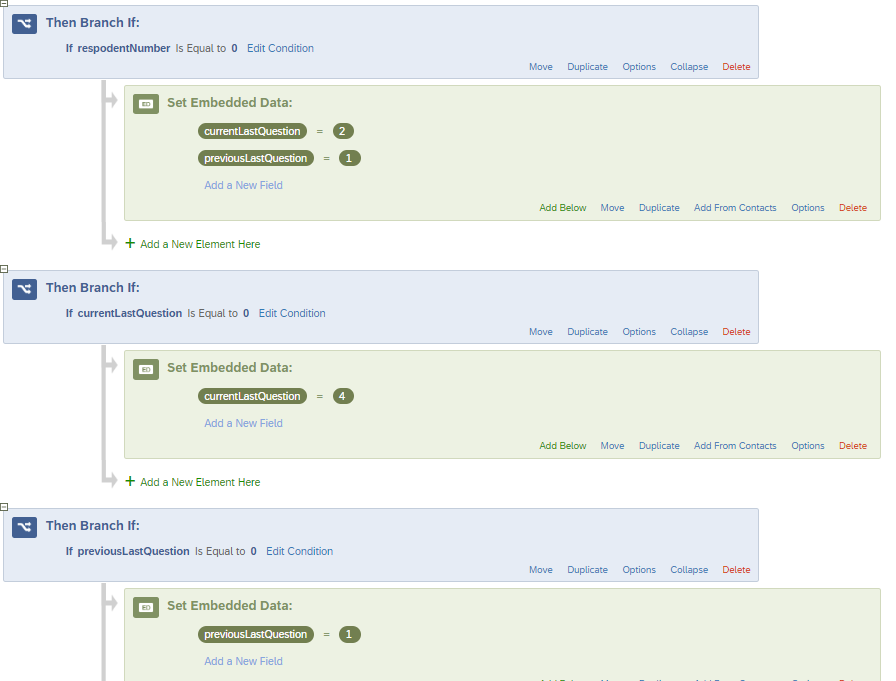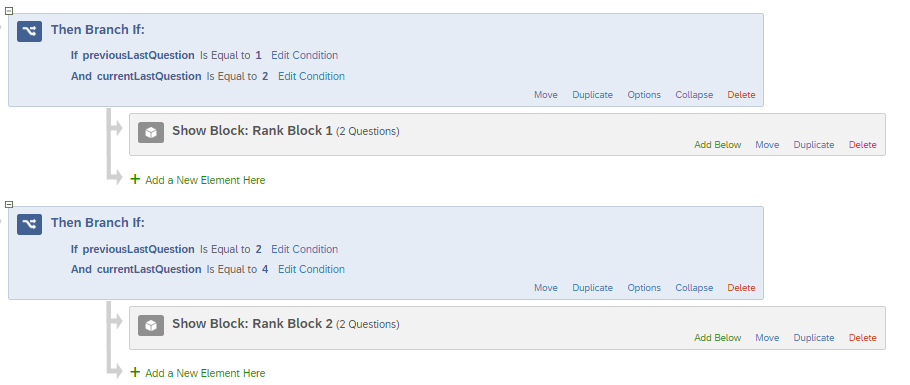Hi All,
I have 9 items to choose from, and 2 ranking questions for each participant. In each question, I have 3 out of the 9 items for participants to rank.
Say I have a randomization list as below: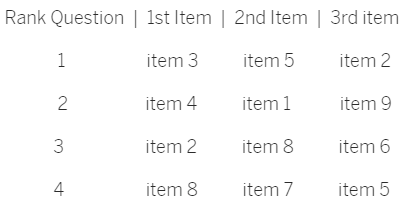 So for every participant, you will go down a list accordingly.
So for every participant, you will go down a list accordingly.
For example, for participant 1, 1st question, it will be (item 3, 5, 2), 2nd question will be (item 4, 1, 9). For participant 2, 1st question, it will be (item 2, 8, 6), 2nd question will be (item 8, 7, 5). For participant 3, you will then go back to the top of the randomization list and start the process all over again.
How would I achieve this using the embedded data?
Randomizing item rankings using a randomisation list across multiple questions and participants
 +1
+1Enter your E-mail address. We'll send you an e-mail with instructions to reset your password.





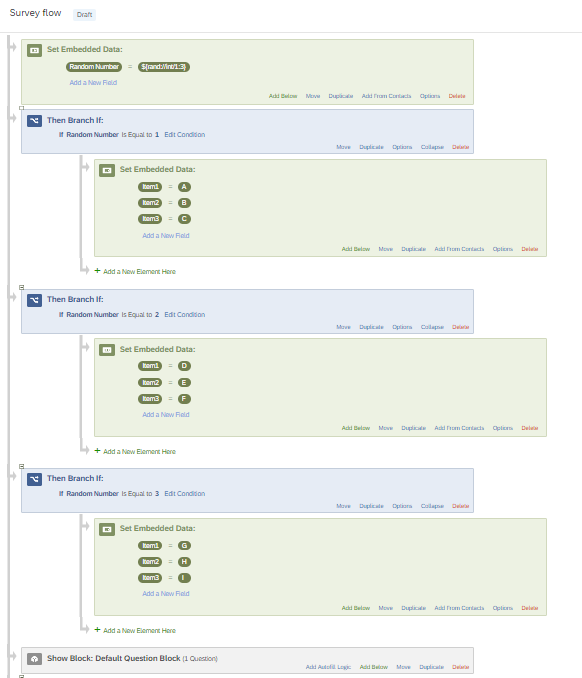 Then you can pipe in within rank order question and repeat process for second rank order question:
Then you can pipe in within rank order question and repeat process for second rank order question: Hope it helps!
Hope it helps!